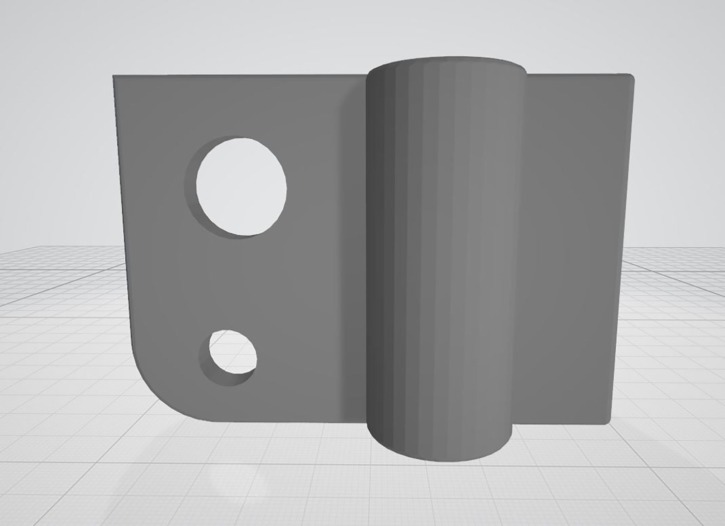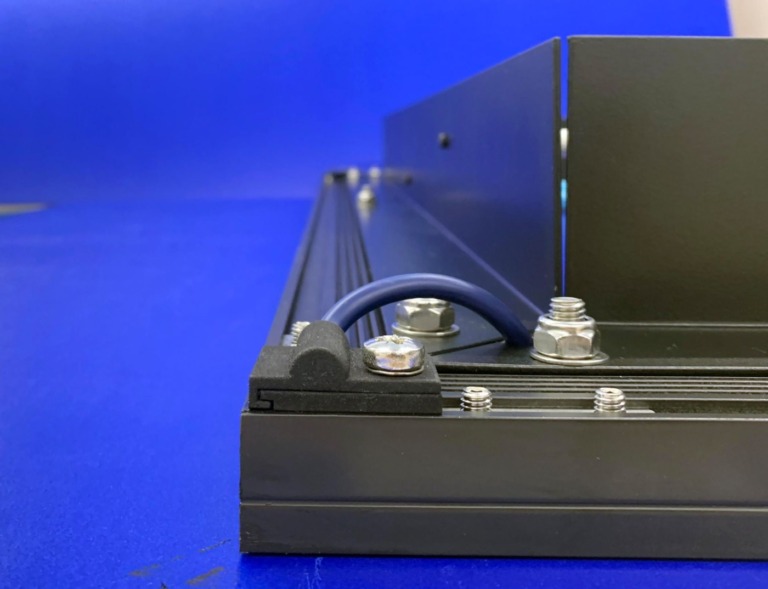While 3D printing often tends to present itself on the large scale and in spectacular fashion, other times it functions to serve quite ordinary needs. A perfect example would be the fabrication of small but critical parts like clamps. UK-headquartered Spanlite specializes in customized LED lighting and recently found itself in need of interlocking, two-part cable clamps. Before fabrication of the functional part, the company turned to voxeljet UK to create a model of the clamp for testing via high-speed sintering (HSS) with polyamide 12.
Hearkening back to the most original intent of 3D printing decades ago, companies like voxeljet UK are able to make inexpensive and rapid prototypes. Not only are such parts more affordable, but they also offer the same high performance as those made by traditional techniques, like injection molding. HSS has been in use by voxeljet since 2017 for the production of functional prototypes and parts. The process is most comparable to HP’s Multi Jet Fusion and was actually developed first before commercialization by inkjet printhead manufacturer Xaar. HSS involves melting powder, irradiated into layers under infrared light until the part is finished.
For Spanlite, the goal was to improve the strength and longevity of lighting panels, powered by light-emitting diodes, which use exponentially less energy and last up to 25 times longer than conventional lighting. In ordering clamps, Spanlite was focused on containing both edge-lit functional walls and individual lights for customers engaged in the hospitality field, commercial and high-end markets.
Having completed successful prototyping, Spanlite will now require approximately 8,000 cable clamps—and that is just per year. Normally, that type of volume would require more conventional manufacturing, but the VX200 HSS is capable of printing 500 clamps in one job box. There were numerous details to take into consideration though, beginning with creating parts with exact dimensions for accurate clamping force. The designers created several models until a “suitable component geometry” was produced.
This was the Spanlite team’s first major experience with 3D printing—with the most classic benefits on display—from the ability to perform rapid prototyping and testing to producing parts quickly and affordably, customized to exactly the customer’s specifications.
“After a short test phase to perfect form and function, we were able to quickly move on to full production and assembly. And we are sure that the clamps were just the beginning,” said Adrian Bowker, Managing Director at Spanlite. “We are already in the process of identifying new components for 3D printing. The technology offers us various advantages in both the design and the series production of the components we need.”
The parts had to be measured correctly for functionality, but they also had to meet extensive mechanical requirements. The order was completed at the voxeljet Friedberg service center, a facility offering comprehensive 3D printing with polymers, surface finishing, and coloring.
“For us, the great thing about 3D printing from voxeljet was that it not only met an initial need, the cable strain relief, but that we were also able to integrate additional shapes and functions into the component without incurring additional costs,” said Bowker.

The first challenge was to define the right dimensions to get the right clamping force for the cable used. Thanks to voxeljet’s HSS process, Spanlite was able to produce and test different prototypes of the clamps simultaneously to determine the appropriate final design. (Image courtesy of voxeljet)
voxeljet continues to be a dynamic presence in the 3D printing industry, from developing materials and systems to creating new additive manufacturing processes, and expanding their global presence in India recently. We’re also now seeing HSS make its way into the market and demonstrate its potential for competing against Multi Jet Fusion to produce large batches of parts.
[Source: Autocad & Inventor; Images: voxeljet]Subscribe to Our Email Newsletter
Stay up-to-date on all the latest news from the 3D printing industry and receive information and offers from third party vendors.
You May Also Like
3D Printing Unpeeled: New Arkema Material for HP, Saddle and Macro MEMS
A new Arkema material for MJF is said to reduce costs per part by up to 25% and have an 85% reusability ratio. HP 3D HR PA 12 S has been...
3D Printing News Briefs, January 20, 2024: FDM, LPBF, Underwater 3D Printer, Racing, & More
We’re starting off with a process certification in today’s 3D Printing News Briefs, and then moving on to research about solute trapping, laser powder bed fusion, and then moving on...
3D Printing Webinar and Event Roundup: December 3, 2023
We’ve got plenty of events and webinars coming up for you this week! Quickparts is having a Manufacturing Roadshow, America Makes is holding a Member Town Hall, Stratafest makes two...
Formnext 2023 Day Three: Slam Dunk
I’m high—high on trade show. I’ve met numerous new faces and reconnected with old friends, creating an absolutely wonderful atmosphere. The excitement is palpable over several emerging developments. The high...
































